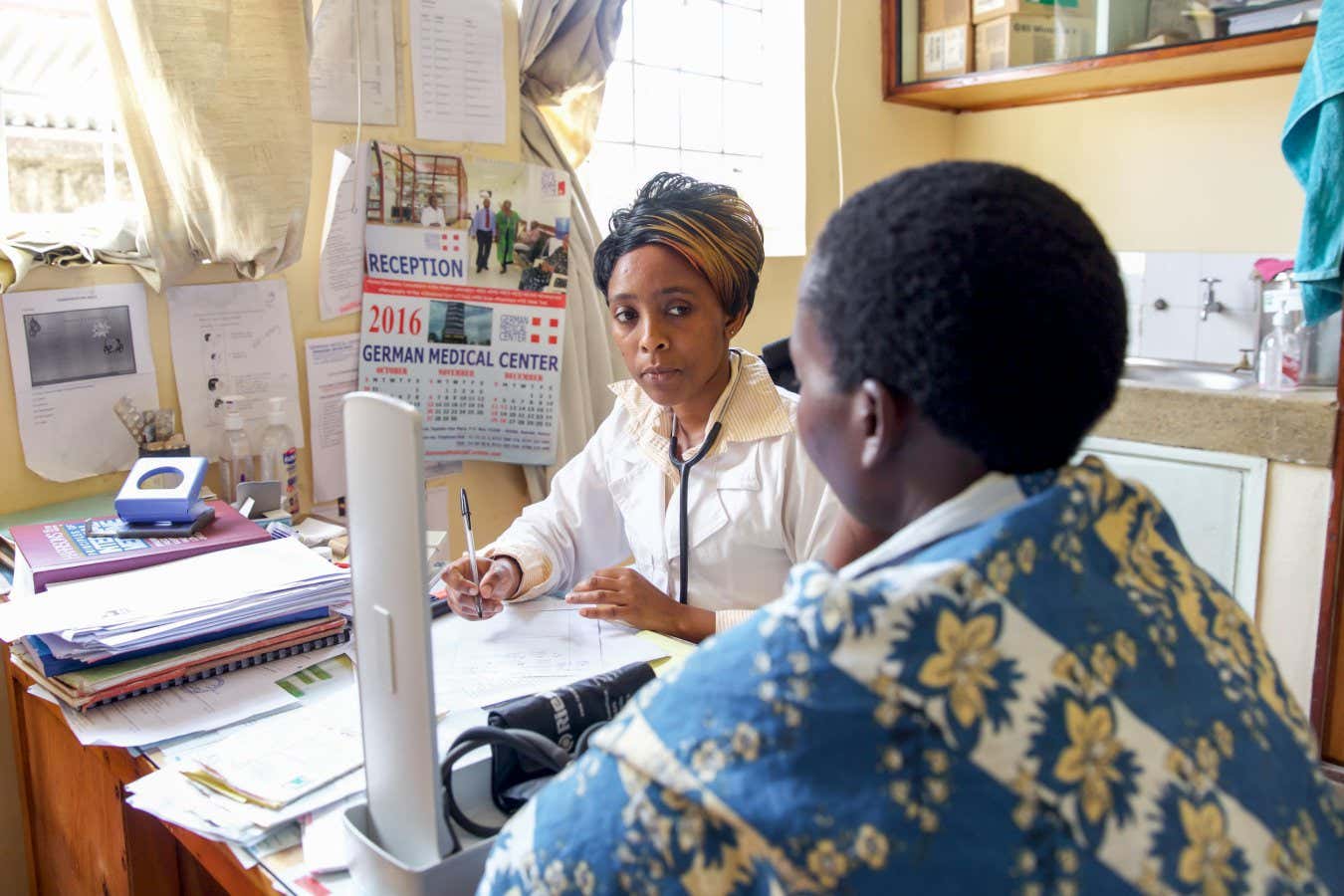In sub-Saharan African youths diagnosed with type 1 diabetes, 65 per cent do not have antibodies or genetic risks associated with the disease, suggesting they have a novel non-autoimmune subtype of the disorder
By Sahas Mehra
14 August 2025
Classical type 1 diabetes may not be the most common diabetes subtype in sub-Saharan Africa
Miro May / Alamy
Some sub-Saharan African people with the autoimmune disease type 1 diabetes actually have a newly recognised, non-autoimmune form of it – which may require new treatment strategies.
Read more
Gene-edited cells that evade rejection show promise in type 1 diabetes
All people with diabetes have difficulty producing or using the hormone insulin, which is necessary for maintaining healthy blood sugar levels. But the causes of these problems can vary. In type 1 diabetes, the issues stem from a misfiring immune system that destroys insulin-producing beta cells in the pancreas, using tell-tale “autoantibodies” to mark those cells for annihilation.
But Jean Claude Njabou Katte at the University of Exeter in the UK and his colleagues found two-thirds of young sub-Saharan African people diagnosed and treated for type 1 diabetes had none of these autoantibodies, indicating their immune systems weren’t responsible for their insulin deficiency. They also lacked the genetic risk factors that predict type 1, suggesting they have an entirely novel form of diabetes.
Research has shown autoantibodies are present in fewer sub-Saharan African people with type 1 diabetes, compared with people with the condition from high-income regions like Europe. But researchers don’t know exactly why this happens, as there is little robust data on type 1 diabetes in Africa.
So Katte and his team conducted the first multi-country study of the condition in sub-Saharan Africa. They examined the presence of three diabetes autoantibodies and genes that predict type 1 diabetes risk in 894 Black Africans from Uganda, Cameroon and South Africa. The group included male and female youths with a median age of 15 years. All participants had been diagnosed with type 1 diabetes and were being treated with insulin.
